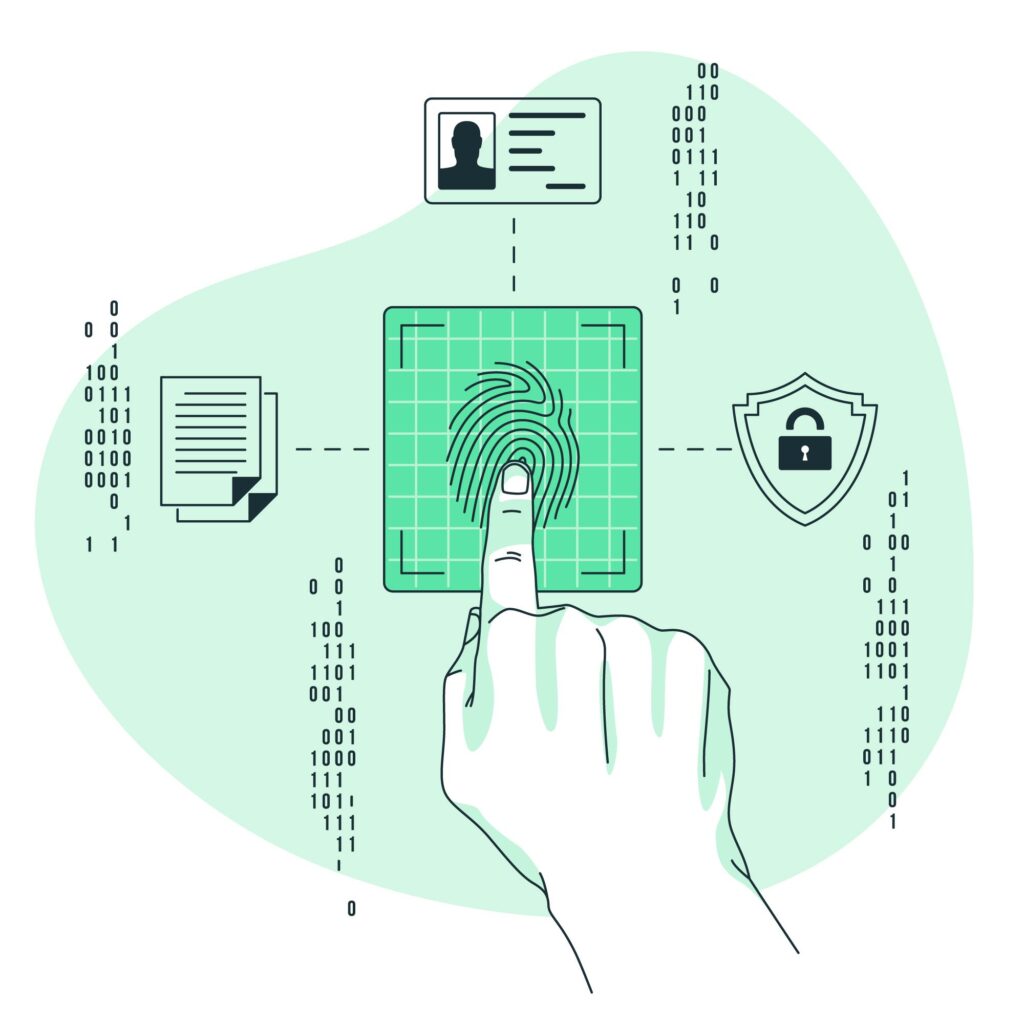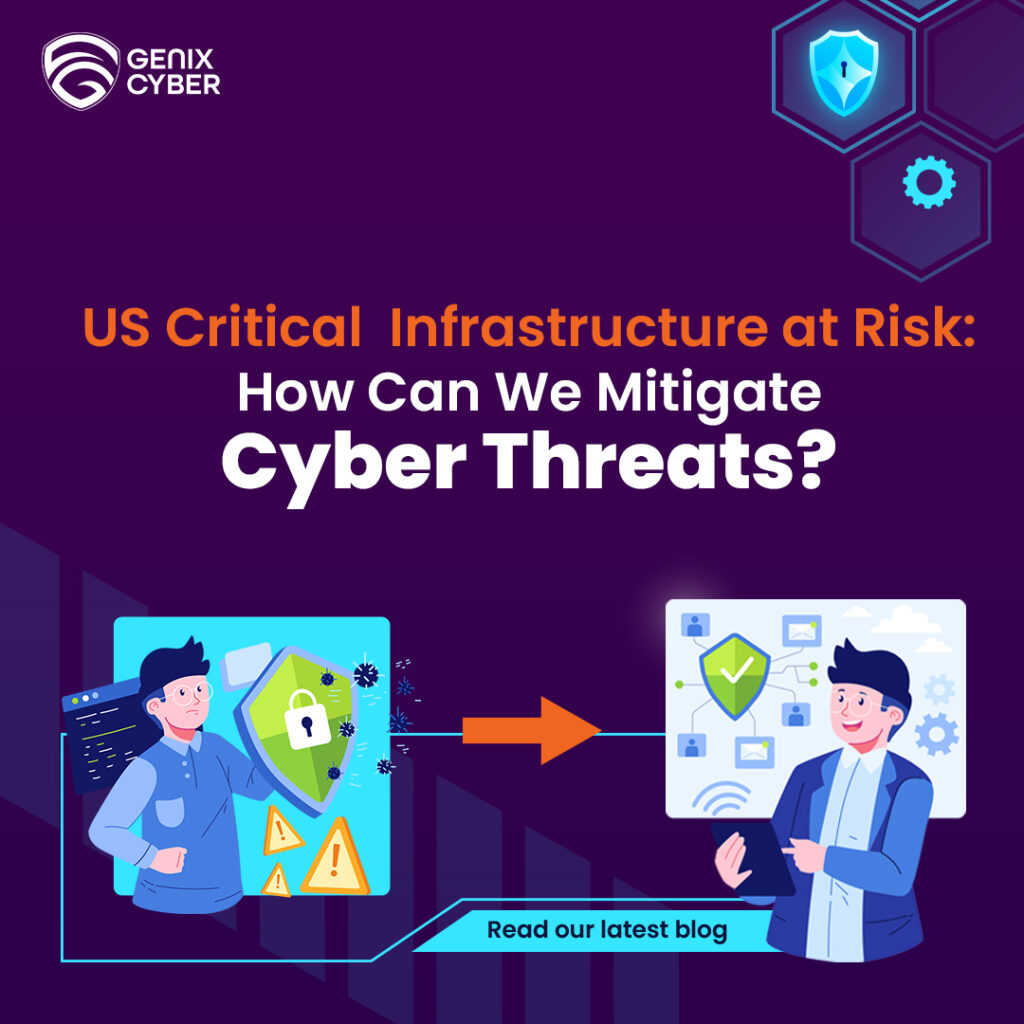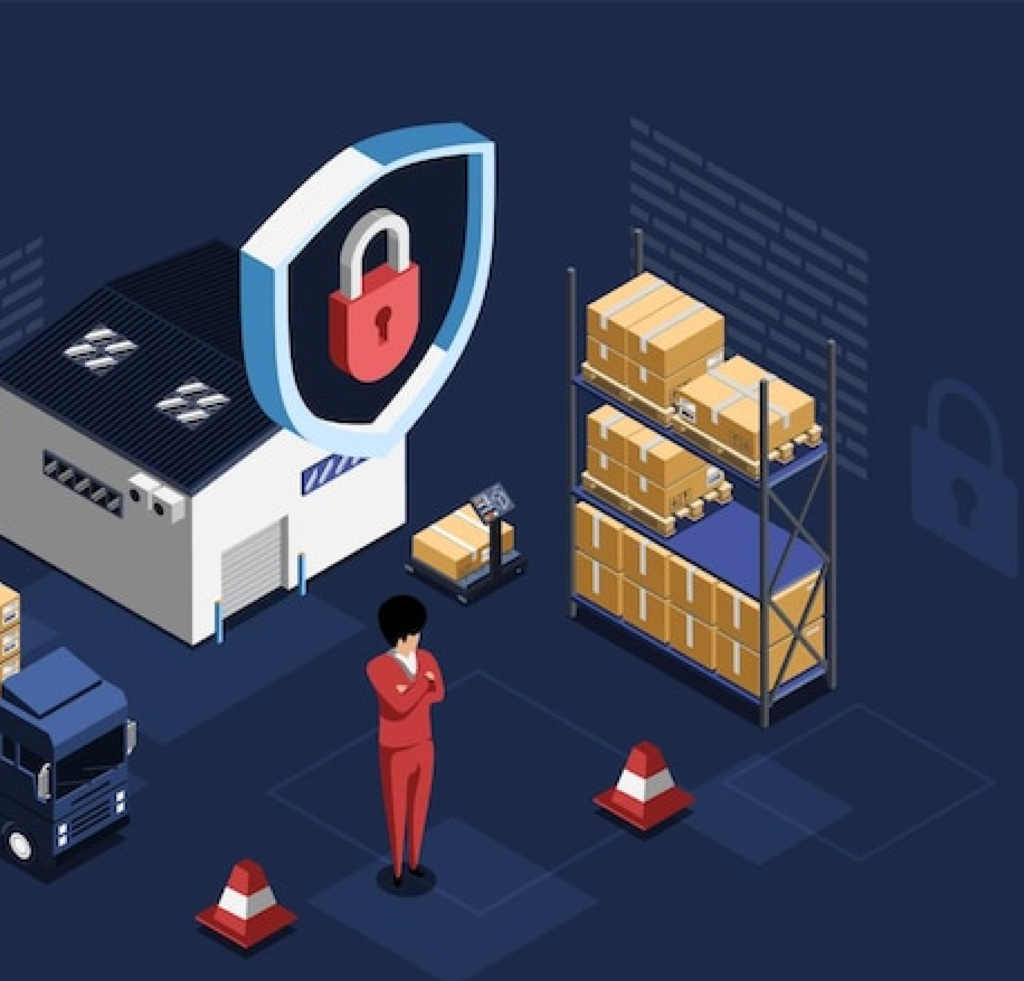In the modern world, organizations face a problem that is not always easy to see: insider threats. These threats come from people who work within the organization, which makes them difficult to find and stop. It could be an employee who is unhappy and wants to cause trouble, or it could be a simple mistake that puts valuable information at risk.
The results of these threats can be very serious. It can lead to financial losses and harm the organization’s reputation. This is why it is extremely important for organizations to have plans in place to find and stop insider threats.
In this blog, we will understand the risks, and how to prevent insider risks by using strong security measures.
Understanding Insider Threats
Insider threats are security risks that come from people within an organization. They are different from outside threats because they are caused by individuals who have permission to access vital information, systems, or resources. This makes them harder to find and deal with.
Types of insider threats
By understanding these different types of insider threats, organizations can better identify and address the specific risks they pose.
Insider threats can be classified into various types based on the intentions and motivations of the individuals involved. The three main types are:
Malicious Insiders
These are individuals who deliberately engage in harmful activities with the intention of causing damage. They may have personal grievances, financial motives, or act out of revenge or spite. Some examples of their actions include stealing intellectual property, sabotaging systems, or leaking sensitive information to external entities.
Accidental Insiders
These employees unintentionally cause harm or compromise security due to carelessness, lack of awareness, or human error. For instance, they might mistakenly share sensitive information with the wrong recipients, fall victim to phishing attacks, or fail to follow security protocols.
Compromised Insiders
External actors have compromised these individuals’ legitimate access credentials or privileges. Cybercriminals exploit vulnerabilities to gain unauthorized access or deceive employees into disclosing their credentials. Compromised insiders might unknowingly facilitate malicious activities, such as data exfiltration or unauthorized system access.
Impact of Insider Threats
Insider threats can have a serious impact on organizations, causing them significant harm both financially and reputation-wise. Let us look at some of the consequences they can bring:
Financial Losses
Insider threats can result in substantial financial damage for a company. This can happen through different means, such as stealing valuable intellectual property, gaining unauthorized access to sensitive company data, or engaging in fraudulent activities that lead to monetary losses.
Reputational Damage
When an insider causes a breach or engages in harmful activities, it can severely damage the organization’s reputation. This damage goes beyond financial losses and affects the trust that customers and stakeholders have in the company. Rebuilding trust and repairing a tarnished image can be extremely difficult and take a long time.
How to Identify and Prevent Insider Threats?
Step 1: Identifying Potential Insider Threats
To identify potential insider threats, follow these simplified steps:
1. Set up systems that track employee activities, such as network traffic, email communication, and file access.
2. Keep an eye out for unusual patterns, like accessing unauthorized areas, frequent password changes, or excessive downloading of sensitive information.
3. Create channels for employees to report any suspicious activities or concerns anonymously. This encourages a safe space for reporting potential insider threats.
Step 2: Building a Strong Security Culture
To build a strong security culture within an organization, follow these steps:
1. Conduct frequent training sessions to educate employees about insider threats and emphasize the significance of security measures.
2. Develop and communicate explicit guidelines on how to responsibly use company resources, adhere to access controls, and handle data securely.
3. Foster a culture of trust, open communication, and collaboration to minimize the chances of disgruntled employees resorting to insider threats.
Step 3: Implementing Access Controls
To implement effective access controls, follow these simplified steps:
1. Assign access privileges based on job responsibilities to give employees the necessary access rights without granting excessive permissions.
2. Limit access to sensitive information to only those employees who need it for their job functions.
3. Add extra security measures like two-factor authentication to prevent unauthorized access to systems and data.
Step 4: Regular Auditing and Monitoring
- Review access logs, permissions, and data handling practices to find any irregularities or vulnerabilities.
- Use DLP solutions to monitor and stop unauthorized data transfers, both within and outside the organization.
- Create a clear incident response plan to promptly address and minimize the impact of any detected insider threats.
Step 5: Continuous Evaluation and Improvement
To continually improve security measures and effectively address insider threats, follow these steps:
- Regularly assess emerging trends, techniques, and technologies related to insider threats. This helps you adapt your security measures to counter evolving risks effectively.
- Encourage employees to provide feedback on security practices and involve them in decision-making processes. This fosters a sense of ownership and responsibility, making them active participants in safeguarding the organization.
- Conduct regular security assessments and penetration testing. These evaluations help identify vulnerabilities and ensure the effectiveness of your security measures, keeping your systems and data protected.
Conclusion
In conclusion, keeping your organization safe from insider threats requires ongoing effort and a proactive mindset. By following the strategies mentioned in this blog, such as building a strong security culture, managing access to information, keeping an eye on employee behavior, and conducting regular audits, you can greatly lower the risk of insider threats. It is important to remember that it is better to prevent these incidents from happening in the first place rather than dealing with the aftermath. By staying informed, implementing strong security measures, and promoting a culture of security awareness, you can successfully protect your organization, its data, and its reputation from ever-changing insider threats.





